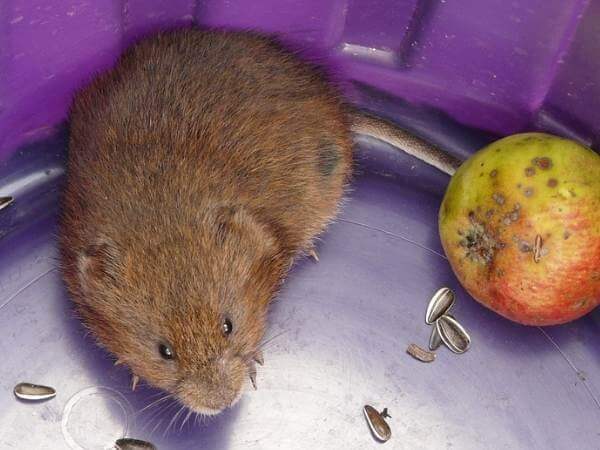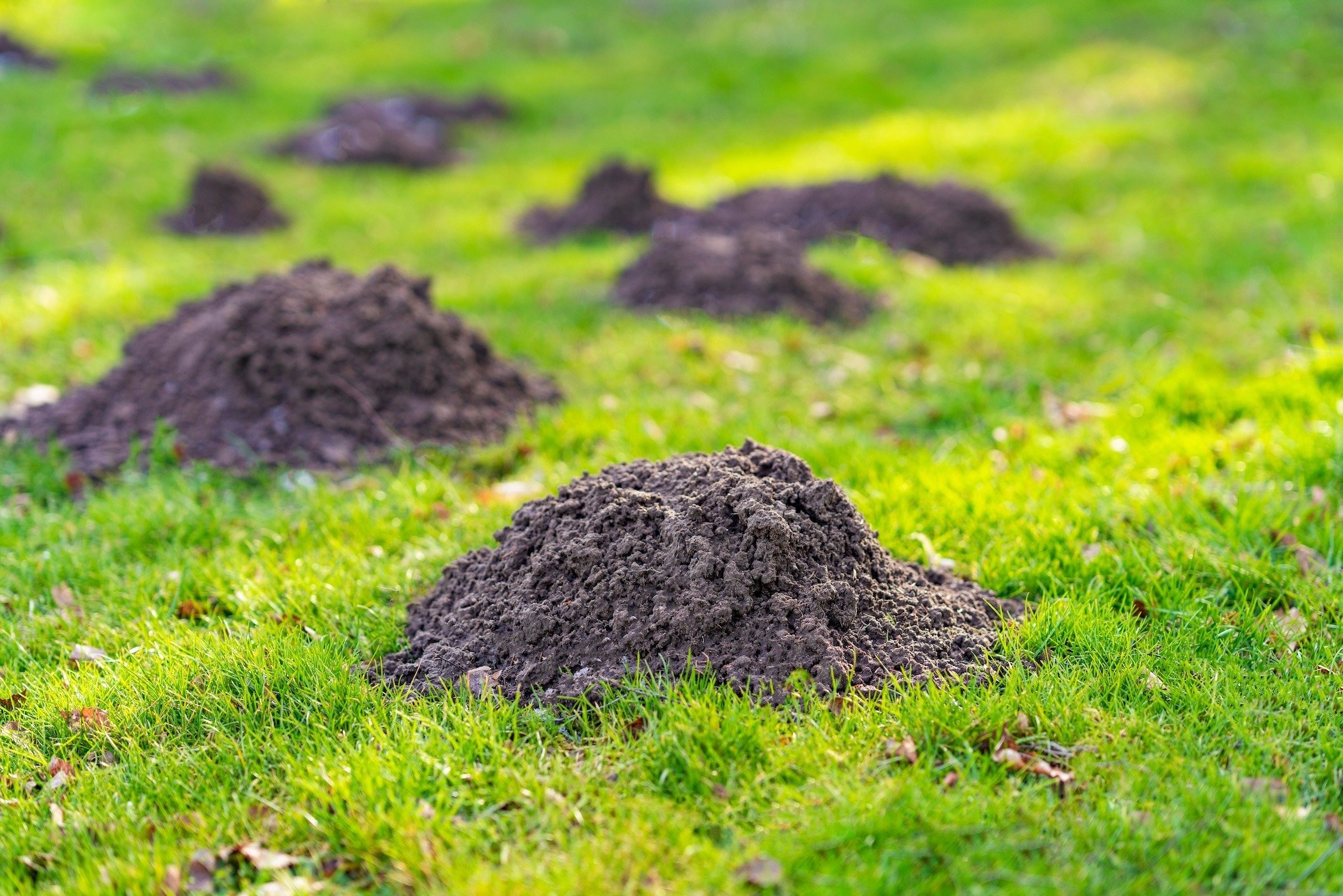Vole Insect Control Demystified: A Full Review of Invasion Detection and Effective Therapy Techniques
From refined signs of infestation to the application of targeted control actions, browsing the world of vole insect control requires a mix of knowledge and tactical activity. In this extensive overview, we will discover the nuances of vole infestation detection and dive into the world of efficient therapy approaches that can guard your rooms from these below ground annoyances.
Comprehending Vole Actions Patterns
Comprehending the intricate behavior patterns of voles is crucial for properly applying pest control actions in agricultural and property settings. Voles, tiny rodents that appear like computer mice but with stouter bodies, are well-known for their fast reproduction rates and ravenous appetites for plant life. By delving right into their habits patterns, parasite control experts can acquire beneficial insights into vole preferences, susceptabilities, and habits.
Voles are primarily herbivores, eating a large range of plants, tubers, roots, and bulbs. They are also respected tunnelers, producing sophisticated below ground burrow systems for nesting and foraging. By recognizing these habits, insect control specialists can purposefully position traps and lure stations along vole paths and entrance points, enhancing the probability of successful elimination.
Additionally, understanding of vole behavior patterns can assist in creating preventative measures to prevent future problems. By resolving factors that attract voles, such as thick vegetation cover and easily available food resources, property owners can make their facilities less inviting to these damaging pests - vole yard damage. Finally, a detailed understanding of vole behavior is critical in devising efficient and lasting bug control strategies
Identifying Indicators of Vole Infestation
Reliable vole insect control starts with quickly acknowledging the dead giveaways of vole infestation on residential or commercial properties. One of one of the most typical indications of vole visibility is the presence of surface area paths. These paths are slim paths via lawn or plant life that voles produce as they take a trip between their burrows and food resources. In addition, vole droppings are an additional clear indication of problem. Vole droppings are tiny, round pellets that are usually discovered along their paths or near their burrows.
In addition to paths and droppings, gnaw marks on tree bark and vegetation are additionally signs of vole activity. The presence of burrow openings in the ground shows an active vole population.
Being watchful for these indications can help homeowner spot vole invasions early and take ideal bug control steps to prevent additional damages.
Carrying Out Targeted Control Measures
What particular techniques can be used to properly apply targeted control steps for vole pest management on buildings? Executing targeted control that site measures for vole insect management calls for a multi-faceted approach that combines both avoidance and eradication techniques.
Trapping is one more efficient method for managing vole populations. Live catches can be tactically put along vole runways or tunnel entryways, baited with peanut butter or apple pieces. Once captured, voles need to be humanely gotten rid of to a various area to protect against reinfestation.
Rodenticides can be utilized as a last resource for extreme problems, however caution must be worked out to stop injury to non-target animals. When making use of rodenticides for vole control - vole control., it is important to follow all security guidelines and guidelines.
Environment-friendly and natural Remedies
The fostering of environmentally aware techniques can play an essential role in taking care of vole populaces without causing harm to the community. Green and all-natural treatments offer a sustainable method to vole bug control, minimizing making use of hazardous chemicals and advertising biodiversity in the affected locations.
One efficient natural technique is making use of killer pee or predator decoys. Predators like foxes, serpents, and owls are the vole's all-natural opponents. By tactically placing killer urine or decoys around the infested locations, voles may be prevented from settling in those areas.
In addition, planting vole-resistant vegetation can help in lowering vole damage. Plants such as daffodils, crown imperials, and Siberian squill are recognized to be uninviting to voles and can work as natural repellents.
In addition, producing physical obstacles like wire mesh or crushed rock around susceptible plants can prevent voles from accessing them. These barriers can help shield gardens and landscapes without positioning any type of risk to the setting or various other non-target types. By integrating these all-natural and eco-friendly remedies, vole invasions can be managed properly while preserving eco-friendly balance.
Long-Term Prevention Techniques
To sustainably resolve vole problems over time, executing positive procedures is important for lasting avoidance techniques. By minimizing thick greenery, compost, and mess around buildings, you can make your home much less enticing to voles.
Regular monitoring of vole task is essential for very early discovery of any signs of infestation. Setting up vole catches can aid in managing their populace before it comes to be a full-on infestation. It is review additionally important to secure off any kind of access points to structures or frameworks to avoid voles from getting.

Final Thought
Finally, comprehending vole habits patterns, identifying signs of infestation, applying targeted control procedures, making use of all-natural and eco-friendly solutions, and implementing long-term prevention methods are crucial action in successfully managing vole infestations. By being proactive and taking the required steps to address vole issues promptly, people can efficiently protect against and regulate vole problems in their residential properties.
